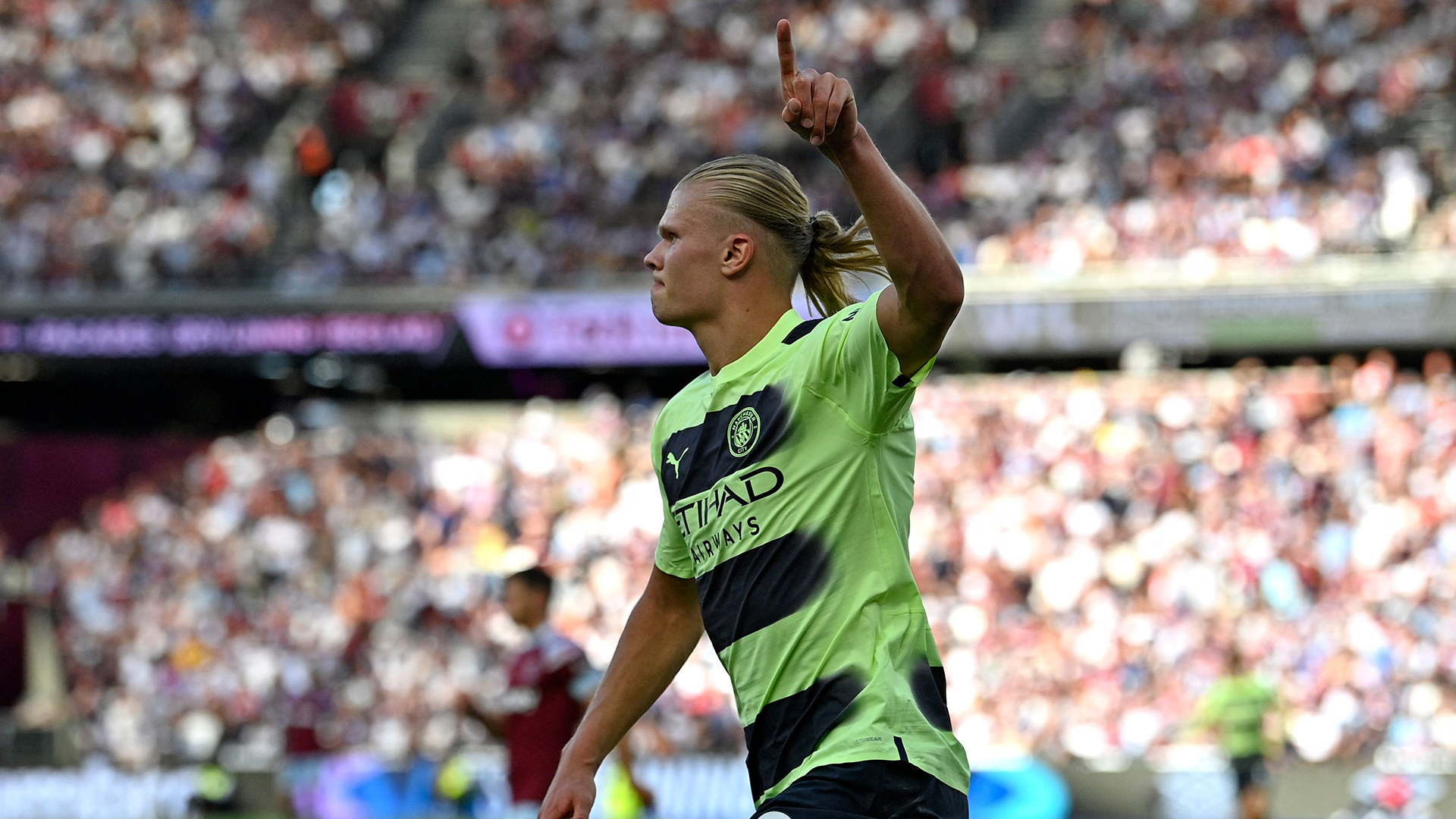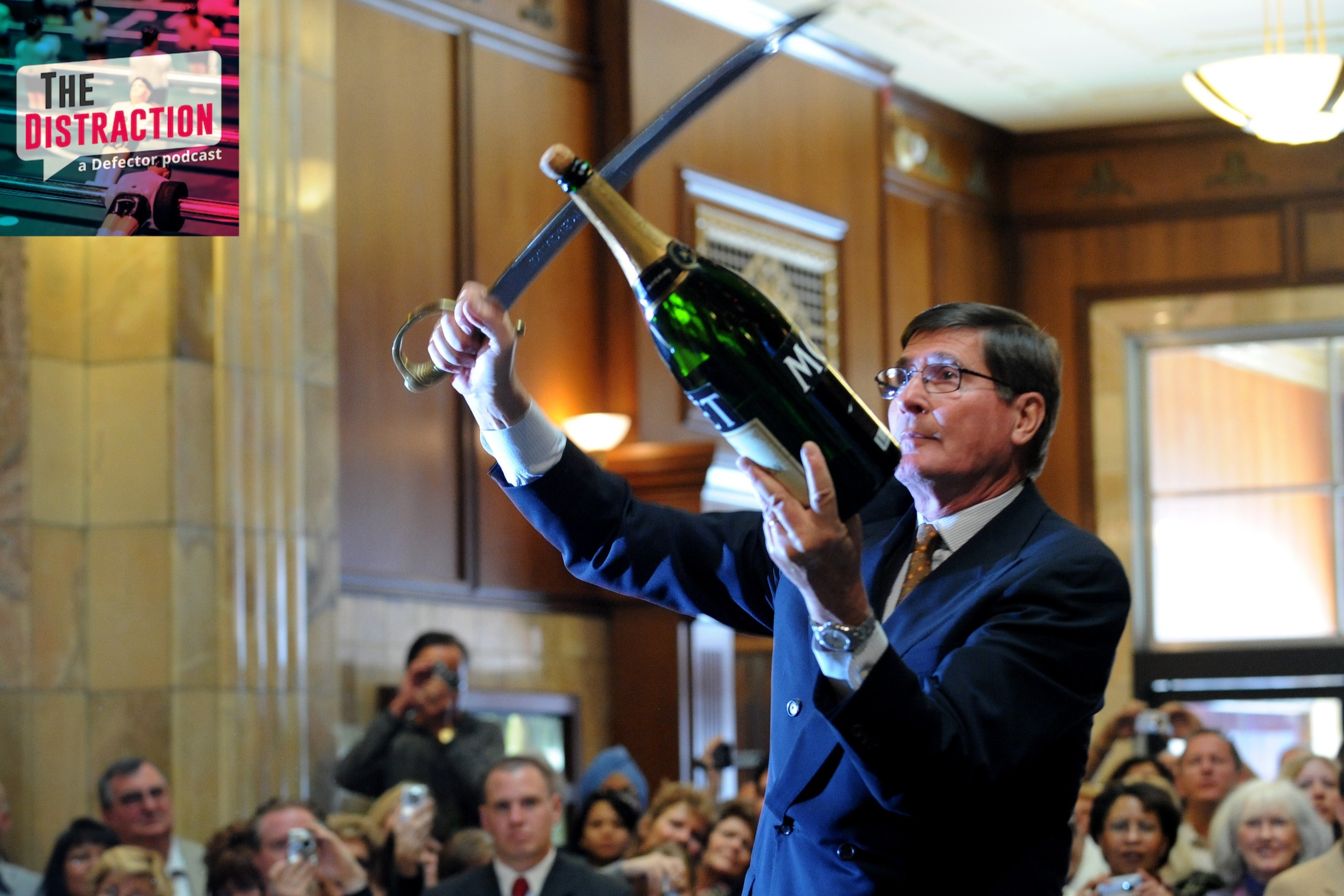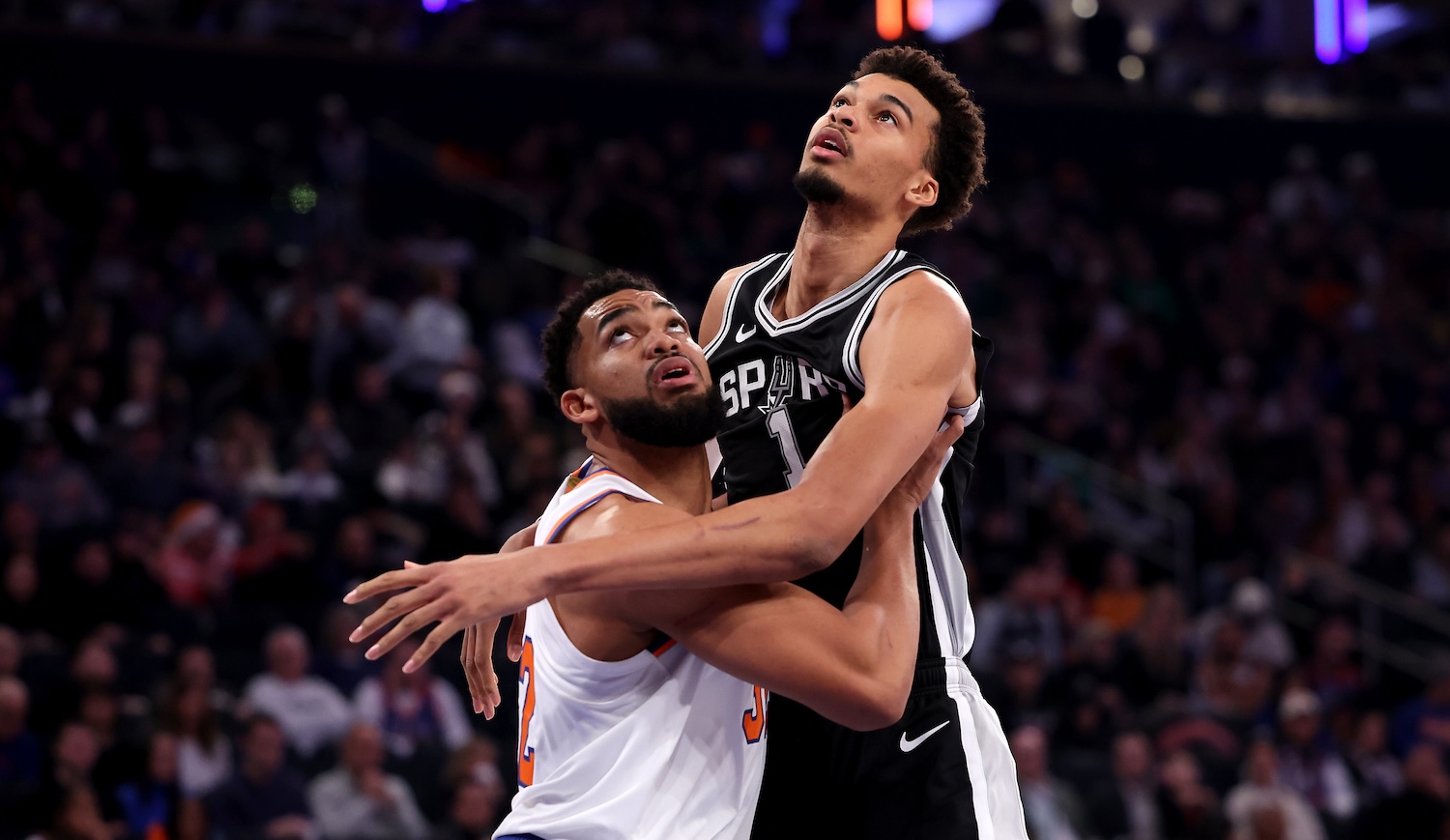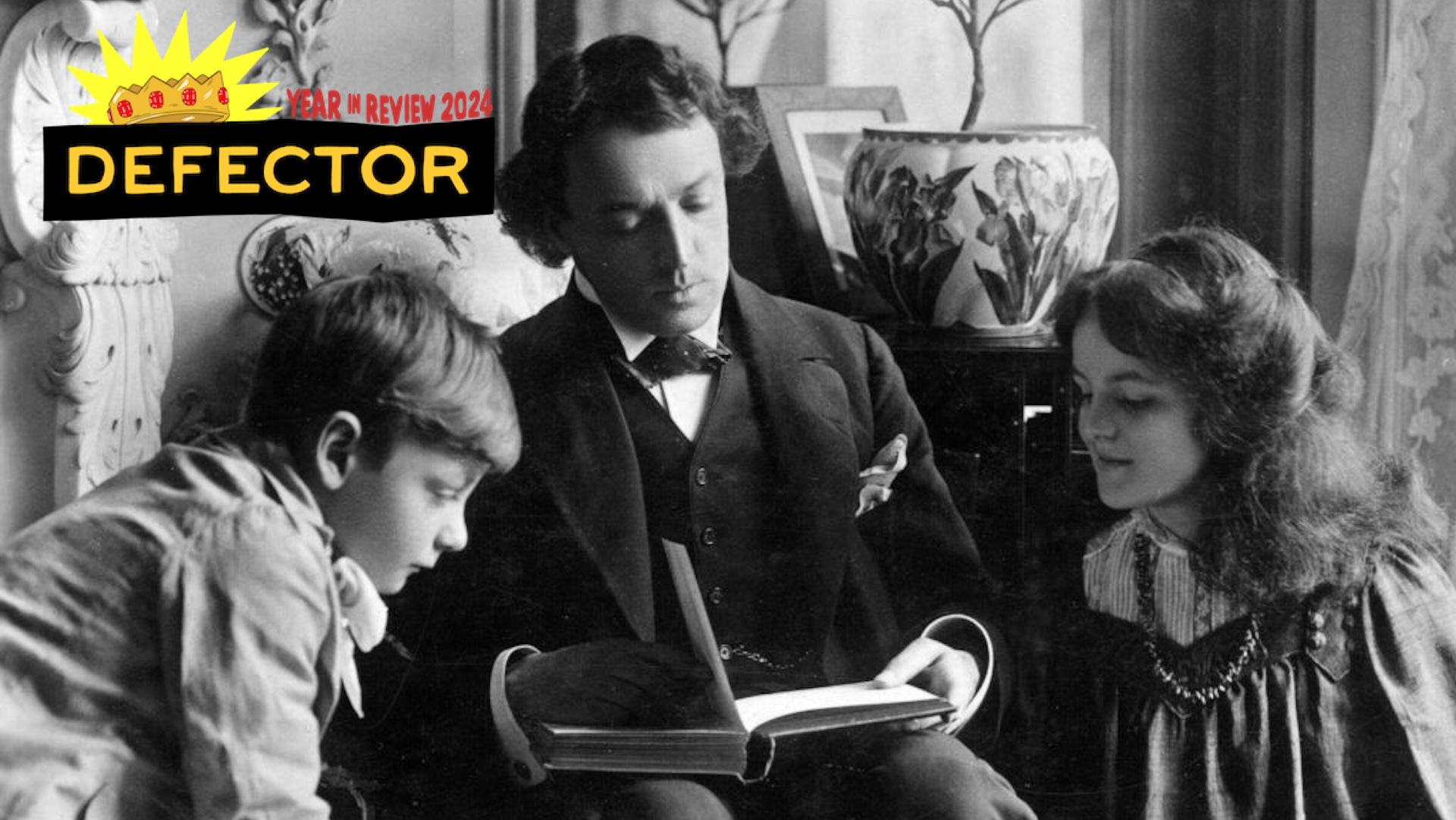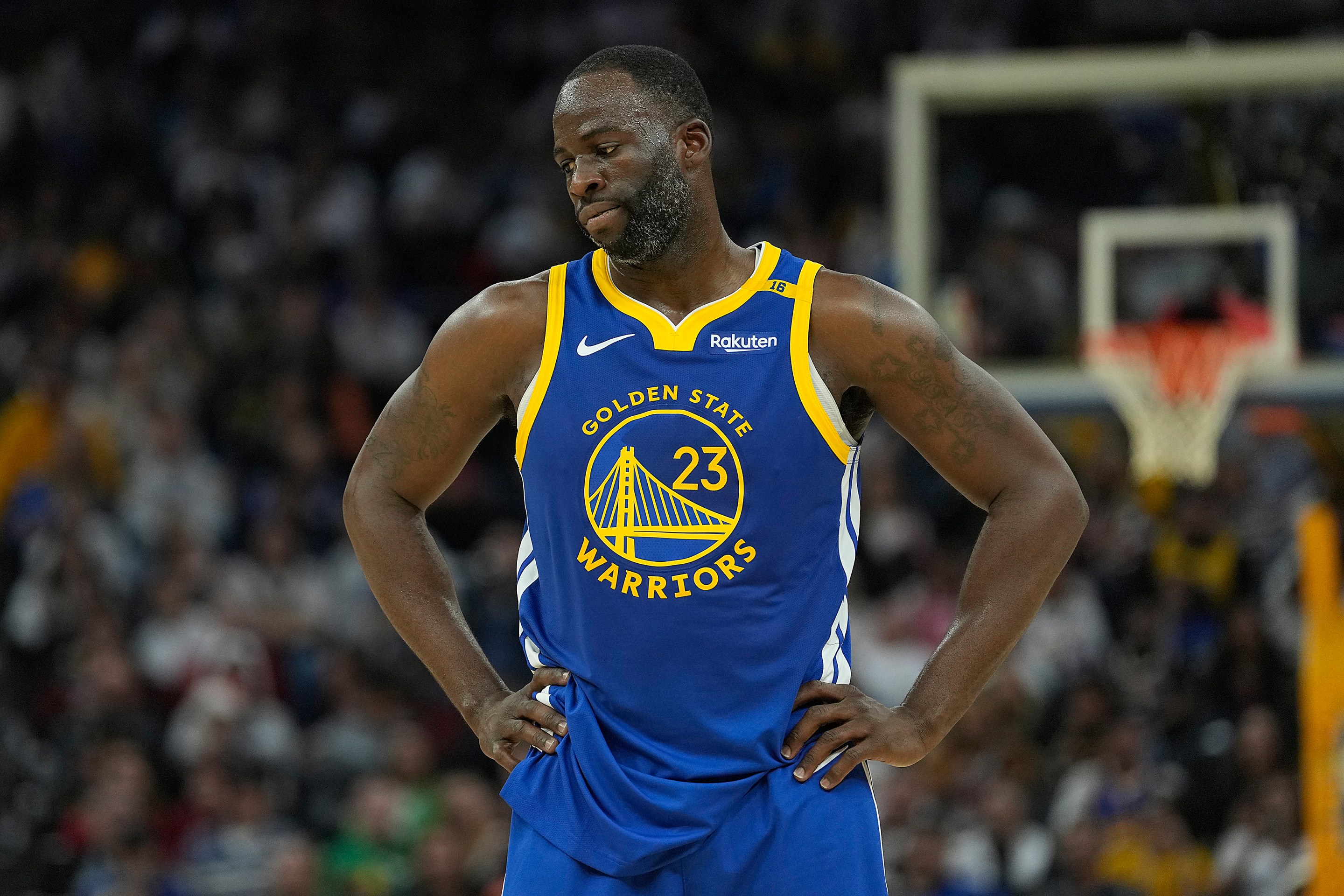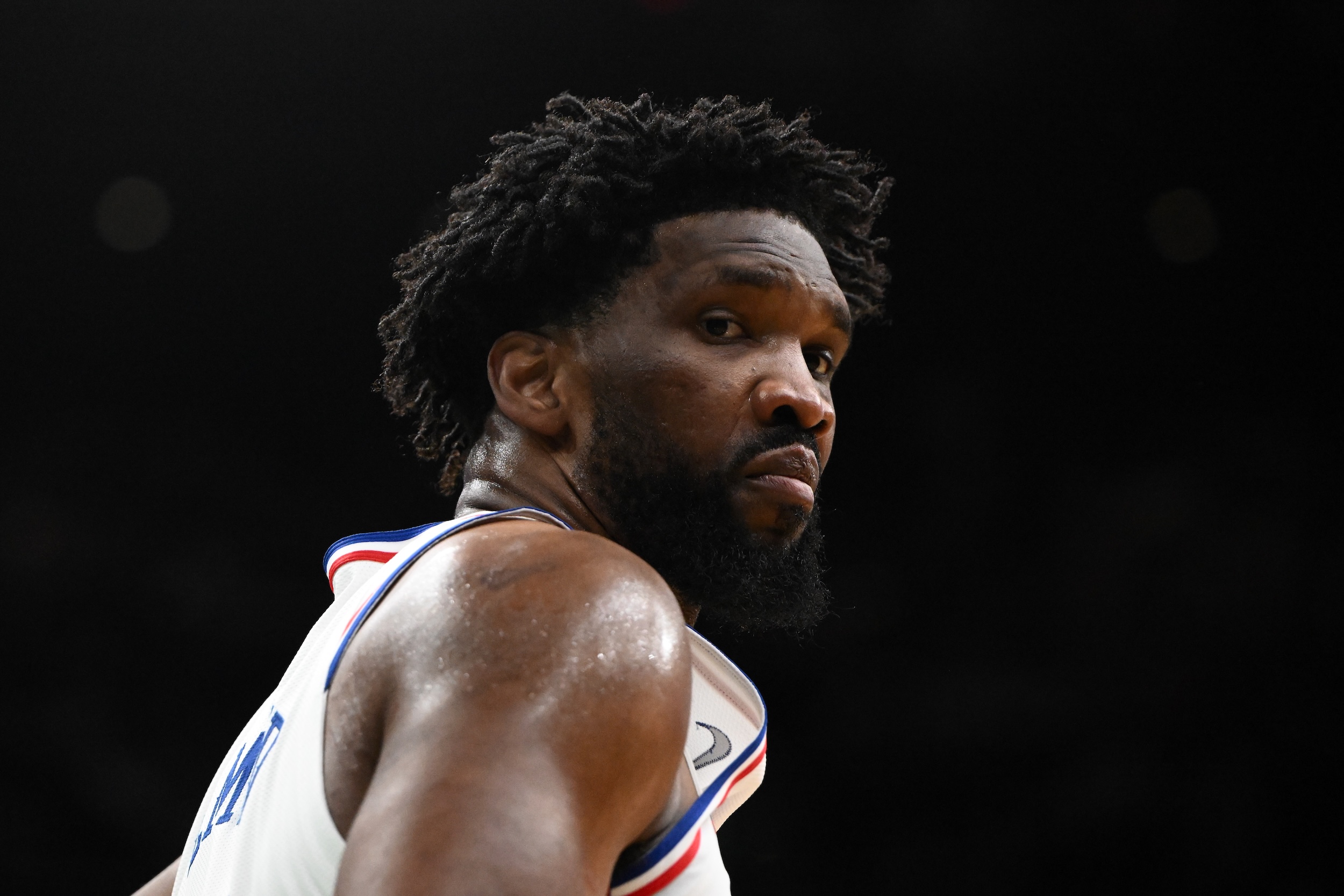Fans of Premier League teams not named Manchester City had all of one semi-competitive game's worth of hope. The hope was that Erling Haaland, the incomprehensible physical specimen brought into this world to score goals, would not fit within Manchester City's domineering style of soccer. That hope was fueled by Haaland looking a bit lost at times in last week's Community Shield against Liverpool, a game in which he barely received the ball and, when he did, he flubbed some rather simple chances in uncharacteristic fashion.
That hope lasted all of one game:
In retrospect, it should have been clear that City was always going to bend towards Haaland's irrepressible talent, and sooner than later at that. City manager Pep Guardiola is too smart to let stubborn adherence to a system stand in the way of goals. And there appear to be oh so many goals on the horizon for City, as it walked into the first game of the Premier League season on Sunday—a tough away fixture at West Ham, last year's seventh-place finishers—and walked out with a comfortable 2–0 victory powered by the churn of its new Norwegian signing's lanky legs.
Specifically, both of City's goals were a result of through balls behind the defensive lines, balls that required a player of Haaland's acceleration on the other end. The first of those balls is the more impressive, or frankly the more frightening one. Human beings of Haaland's size—6-foot-4, 200 pounds—should not be able to burst from a light jog into a full sprint as fast as he did here, forcing West Ham goalkeeper Alphonse Areola to do the only thing he could to stop a sure goal.
Perhaps he needn't have bothered, though, as Haaland still stepped up to the penalty spot and sank his first Premier League goal, cool as you like:
Go back to the play that drew the penalty, though. This is one of the tactical tweaks that Guardiola has already incorporated: Rather than having Haaland drop back into almost a false 9 position to play a one-two with Ilkay Gündoğan, the Norwegian has the freedom and encouragement to break between defenders. As Gündoğan receives the ball from a very narrow João Cancelo, Haaland turns and accelerates into the open space, where the through ball finds him just before Areola can get there.
It's a simple tweak, but for a team that hasn't relied on a real striker since the Sergio Agüero years, it's revelatory. It also speaks to the necessary growing pains that will occur for City as it continues to weave in Haaland. That it took about 34 minutes for the team to finally play a good through ball to its new weapon is a sign that there's still growth to be had here. Haaland was making his customary runs in behind all game, but was only intermittently rewarded with passes over the top. The more accustomed City becomes to launching passes up to him early and often, the more chances Haaland will have to do what he does best.
Haaland's second goal on Sunday was proof of concept. This one is less down to tactical manipulation and more down to the frankly unfair combination of Haaland's rapid movement and Kevin De Bruyne's whole Kevin De Bruyne thing. Still, though, it's worth looking at how Haaland already knows that if he makes the diagonal runs past the back line, his wildly creative teammates will find him.
In this case, De Bruyne receives the ball, takes one touch, then fires a picture perfect weighted pass to Haaland, who at the time of the pass still has three West Ham defenders to beat. Beat them he does, and then he squares his body to slot a first-time shot past Areola. It's a simple goal only because of the perfect combination of skills on display, and maybe more than the first goal, this second tally is the one that most shows off what Haaland can bring to a team already as good and consistent as City:
One of the side effects of City's overbearing possession style is that it drains the stamina of opponents, who find themselves sprinting after the perpetually moving ball for a solid two-thirds of the game. As those legs start to get heavy, City can start to bust open the parked buses it often faces, which creates more room for Haaland's unstoppable runs. These types of goals will always be there for Haaland, as long as City continues to adapt to his talents.
The one thing Haaland should not be asked to do too often is the one thing that Guardiola has asked his strikers to do in the past, and that's build up play and combine for nifty moves. He's never had to really contest with packed-in defenses in his career, given the Bundesliga's penchant for more wide-open play and active pressing over defensive rigidity. There will be struggles in England, but Guardiola can manage those by designing a scheme that allows his new toy to use his physical talents to burst open some space. Haaland is less of a scalpel and more of a chainsaw, and as long as his manager understands the difference, there will be blood and bones scattered in this team's wake.
